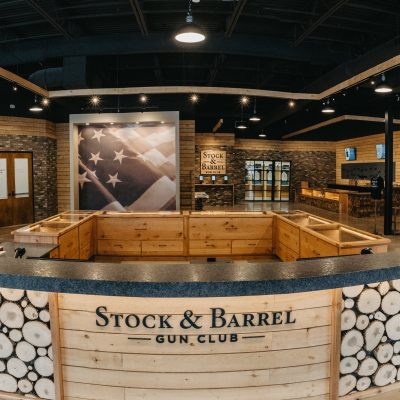Firearms Training is, unfortunately, often viewed as a rest stop on the journey to gun ownership or gun use. Whether it’s a hunter safety class, permit to carry class, or competition prep class, firearms training is typically presented as a box to be checked or entryway to be crossed before pursuing your firearms-related activity of choice. The truth is that, just as firearms ownership and shooting sports are a lifelong pursuit, so is the training that comes with it. Given the breadth and depth of individual skills that factor in to handling a firearm both safely and effectively, it is impossible to achieve excellence in an afternoon, weekend, or even a year.
There is a reason that elite-level professional end users like law enforcement and military personnel, and private security professionals, spend a consistent, significant amount of time training with firearms throughout the duration of their careers. Even if you don’t consider yourself a “gun guy” or “gun gal” if you choose to use a firearm in any context, you should strive to achieve and maintain the highest level of skill possible. We have broken the firearms training journey down into three main phases that you will pass through, sometimes repeatedly, throughout your life as a shooter: Competency, Proficiency, and Maintenance/Mastery
COMPETENCY
For our purposes here, competency is defined as the ability to handle and operate firearms safely. This is where courses like our Introduction to Handgun Safety (Chanhassen / Eagan) come in. These courses focus heavily on safety and best practices. You’re not even required to bring a firearm, and all familiarization is done under direct supervision of an instructor. These types of classes are to help you start from zero, become familiar with firearms handling in general, and to introduce you to the proper safety precautions that should be exercised whenever you’re using your firearm. While basic marksmanship principles may be included, these are not shooting courses per se. They are also usually brief classes, spanning only a couple of hours on a weeknight or weekend morning. Once you know how to handle a gun safely and shoot properly, you are competent – but this is not the same as being proficient.
PROFICIENCY
Being proficient in a skill, any skill, means that you’re able to reproduce the desired results under the required conditions, consistently, independently, and on-command. In the context of firearms training, proficiency means different things, depending on what you use your firearm for. If you are purely a recreational shooter, achieving proficiency only requires that you can get to the range, remove your gun from its case, load it and hit what you’re aiming at consistently without supervision. For anything more than that, context-specific classes will come into play at this point. For example: the NRA’s hunter education program includes blocks of instruction on how to carry your gun in the field, including how to properly cross terrain or man-made obstacles like livestock fences.
The defensive use of firearms is by far the most complex and will require the largest investment of time and money to gain proficiency. While Permit to Carry classes are use-specific, they will not equip you with the skill proficiency required to carry a handgun for defensive purposes. For example, almost none of these classes cover how to draw your gun from a holster, or even how to select and wear a holster properly. Not only do you need to build your marksmanship skills (shooting at a target with consistent accuracy) but also how to draw from a holster – a wholly separate skillset from the shooting itself. If you carry your handgun at night or keep a firearm of any kind specifically for home defense, the probability of having to use it in the dark is a mandatory consideration. Even if you don’t carry on you personally, a firearm used for home defense will be used in a confined space – another specific skill set above and beyond simply aligning the sights and pressing the trigger.
Any task-oriented use of firearms will require at least one application-focused training class, if not a few of them, to build true proficiency. As a metric, remember the opening line of this section: can you produce the desired results (safe and accurate hits on a realistic-sized target) under the required conditions (physical environment, location of firearm, lighting conditions and time allowed) consistently and without any input from a mentor or instructor in the moment you have to shoot?
MAINTENANCE AND MASTERY
Once you have attained consistent “cold on command” proficiency, you have three choices:
-
Do nothing, and allow your skills to degrade – because shooting is a perishable skill, and you will lose proficiency over time without regular practice or refresher training
-
Maintain proficiency through regular range practice and/or refresher training. This could include taking a basic or “Level 1” pistol class from a well-established instructor once or twice per year
-
Continue to develop by adding progressively more challenging enhancements to your foundational skillset.
The latter approach, applied consistently over a period of years (yes, years) will put you on the path to mastery – or, at least, as close as you can come to mastering this activity. The first step on this path is taking an honest self-inventory of what skill gaps you have. You may have a blazing-fast draw from concealment, or you may be able to hit a nickel from 500 yards. But can you draw that pistol one-handed? With your non-dominant hand? Can you diagnose and clear each of the common malfunctions for your firearms? Can you clear those malfunctions one-handed? This rinse-and-repeat process of assessing your skill, identifying the gaps, and training to correct them, should not be treated as a checklist to race down but a quest for knowledge that can (and should!) be wholly enjoyable and interesting.
CONCLUSION
Taking a clear look at the time and effort required for meaningful progress, hopefully, crystallizes the point that firearms training is not just for “beginners” – because, chances are, no matter how long you’ve been shooting you’re still a beginner at something. This is by no means an admonishment against using or carrying a gun until you receive a certain certificate. But it can be a way for you to gauge the limits of your current comfort level and ability, as well as energize you to pursue training passionately. Training is not something you “need to get done”. It’s something you should do continuously, and enjoyably, over the course of your shooting life.
You May Also Be Interested In These Classes…
-
Introduction To Handgun Safety in Eagan and Chanhassen
-
Clearing Handgun Malfunctions in Eagan and Chanhassen
-
Drawing from the Holster in Eagan and Chanhassen
-
Intermediate Handgun Shooting Skills in Eagan and Chanhassen
You May Also Be Interested In Reading…





